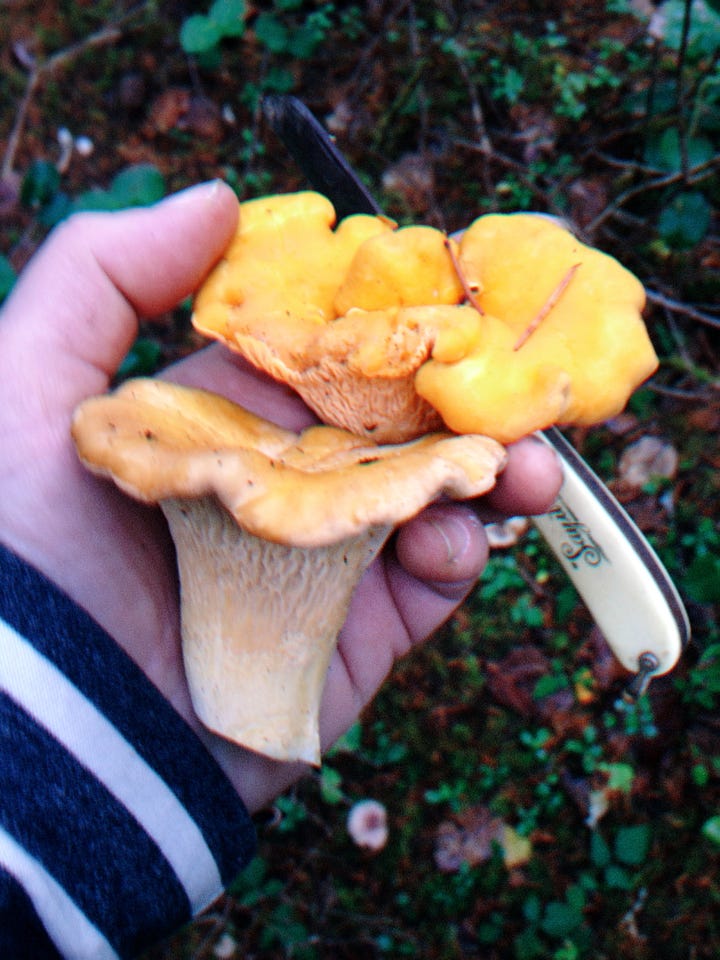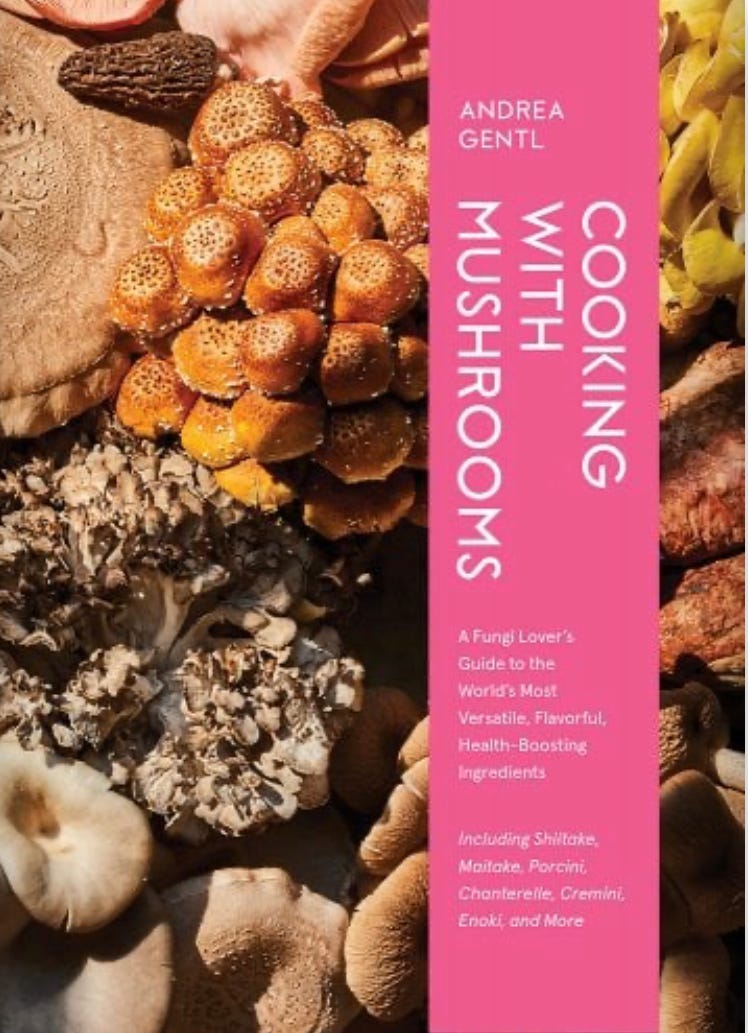A note to readers and subscribers:
Every month, I will be spotlighting a favorite book and author — usually food-related, but sometimes not; usually new, but sometimes not; easily found, but sometimes rare —- that has taken hold of my life and heart, and not let go. In the case of food books, I will include a selected recipe that I have come to know and love and that has become a fixture in my kitchen, in the hope that you will go out, find the book (hopefully at your local independent bookseller), and fall in love with it as much as I have. I will not be using formal publicity or press photos, but shots taken in my own home and kitchen, so you can see drips/dings/pages/notations/marks, which, I believe, are evidence of love and use.
Please support writers everywhere; in the world of John O’Donohue’s neon times and addiction to distraction, it is the interiority of words and thought that will save us, and writers — myself included — depend on you, often quite literally. Thank you.
The first in my Spotlight series is Andrea Gentl’s Cooking with Mushrooms.
There are people who save us and there is food that saves us, and often, they intersect at a place that is both mystical and earthly.
The Six Degree Theory: In 1978, when I was fifteen and living daily in an acrimonious home collapsing under the weight of an emotionally violent divorce, I was also being bullied at school by a group of girls in my class; these things often happen in tandem because those who tend to prey on the lives of others do so when the latter is wounded and already bleeding, as happens in the wild. I was saved — literally; I don’t think I’d be here writing this — by my English teacher who was also a well-known photographer; one day, she stuck a bag of ten rolls of Tri-X Pan film in my hand and told me to go shoot the yearbook with my father’s SLR. What I did not know (how could I) was that this teacher, years later, would also teach two of my favorite photographers — Andrea Gentl and her husband, Martin Hyers —- at Parsons School of Design. I had known the name Gentl + Hyers for ages when Andrea attended a writing workshop that I co-taught with Diana Henry in Ireland. Anyone who has spent any time around food writing knows this remarkable team; they are absolute masters of shadow and light, and singlehandedly changed food photography because they shoot not only the perfect but, so compellingly, the beauty of the imperfect. I’ll freely admit it: when I saw Andrea’s name on our Ireland roster, I panicked at the idea that I could or should teach this person anything at all.
But writing and the visual arts are far more closely aligned than I’d thought — they both require close looking and observation —- and when Andrea attended a week-long memoir workshop I led at Fine Arts Work Center in Provincetown where I still teach, I was not wrong in my assumption: Andrea Gentl is a brilliant writer, whether she’s writing about growing up running around the hills of western Massachusetts, creating an envy-worthy larder (and a traveling larder, from which she cooked in Provincetown during the week of my memoir workshop), or cooking with mushrooms. Until Andrea’s book, Cooking with Mushrooms, was published last month, I turned to the late Jane Grigson’s The Mushroom Feast to read about and understand how to cook with them; I love that book and I always will. But Andrea’s Cooking with Mushrooms is a modern masterpiece of inspiration, flavor, information, wisdom, and storytelling; an instant classic, a bible of connection to time, place, and thoughtful cooking, and clearly reflective of Gentl’s life ethos.
Andrea Gentl’s Cooking with Mushrooms is a modern masterpiece of inspiration, flavor, information, wisdom, and storytelling; an instant classic, a bible of connection to time, place, and thoughtful cooking.
Like many children of the Seventies, I grew up with the understanding that mushrooms were white, devoid of debris (and flavor), identical, and came from a town called Kennett Square, Pennsylvania. I likewise understood wild mushrooms to be exotic, sometimes dangerous, sometimes (as I learned one fateful night in college) magic. One of the best gifts I’ve ever received was a bag of dried cepes that my cousin brought home for us from Burgundy; as a cook, I knew enough to rehydrate them in wine, strain them, reserve the liquid, and use it as a base for a wintry risotto. What I never knew — I had never done a deep dive because mushrooms are so mysterious to me —- was exactly how life-and-health giving they are; how necessary they are to the support of the ecosystem; how, when foraging for them (and even when not), they provide one with a poetic and vital connection to the Earth. Boris Pasternak certainly thought so in After Mushrooms:
The highway. Ditches. Woods.
We wander off in light
After mushrooms, and we mark
The mileposts left and right.
We leave the open highway.
We scatter, ranging through
The forest gloom; we ramble
Ankle-deep in dew.
Through thickets deep in dark
The spears of sunlight rush
On brown and yellow mushrooms
Under every bramblebush.
They hide among the stumps
Where birds alight to rest,
And when we lose ourselves,
The shadows guide our quest.
So brief these autumn days
And sunset solitudes,
The twilight has no chance
To linger in the woods.
Our bags & baskets burst
With gathered stock before
We leave for home: pine mushrooms
Make almost half our store.
Behind our backs the dark
Still forest walls arise,
And, beautiful in death,
The day flames bright and dies.
(trans. Eugene Kayden)

I have limited foraging experience; Susan and I once picked chanterelles with a chef friend in the hills around Yakima, Washington, and I was hooked. And in the spring of 2020, while the world was paralyzed by Covid, a tree in my backyard suddenly after seventeen years sprouted Chicken of the Woods so beautiful that I almost didn’t want to harvest it. In the midst of death and doom and a darkness that was shattering, it was as if the sudden presence of those mushrooms was evidence of hope and life. So: I have been waiting for Andrea’s book to arrive for a long time, not just so that I could cook from it, but so that I could read it, and learn from a wisdom born of the author’s authentic experience, observation, and curiosity, her life living close to the Earth, her hands on and in the dirt since her childhood as kin of a Pugliese grandmother. When I got the book, I read it cover to cover (I also did this when she sent me a PDF many months ago, but you know, BOOK). What I do know is that there is so much I don’t know, so much I got wrong, so much I want to and will learn from repeated readings and cookings.
I have been waiting for Andrea’s book to arrive for a long time, not just so that I could cook from it, but so that I could read it, and learn from a wisdom born of the author’s authentic experience, observation, and curiosity, her life living close to the Earth, her hands on and in the dirt.
Keep reading with a 7-day free trial
Subscribe to Poor Man's Feast to keep reading this post and get 7 days of free access to the full post archives.





